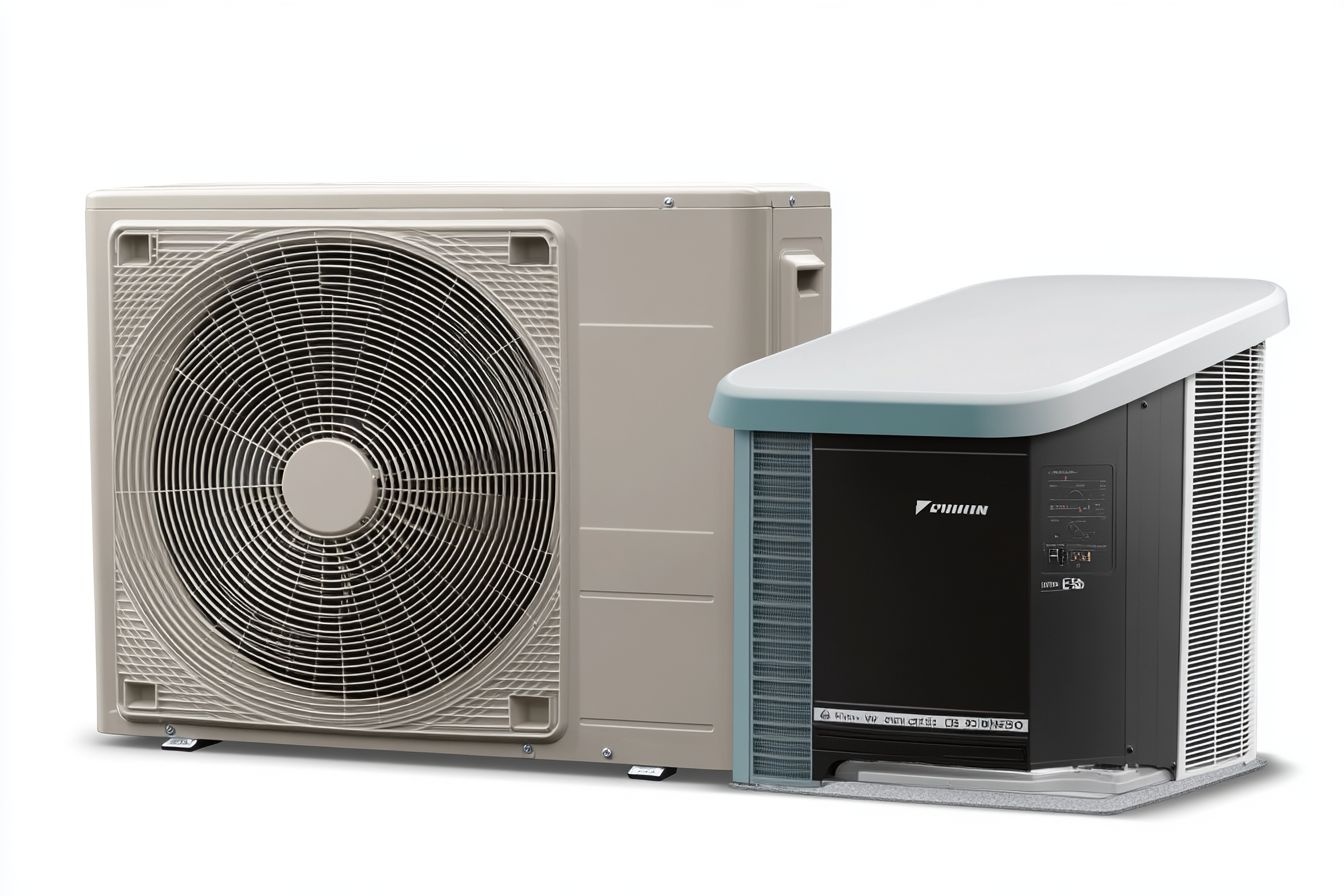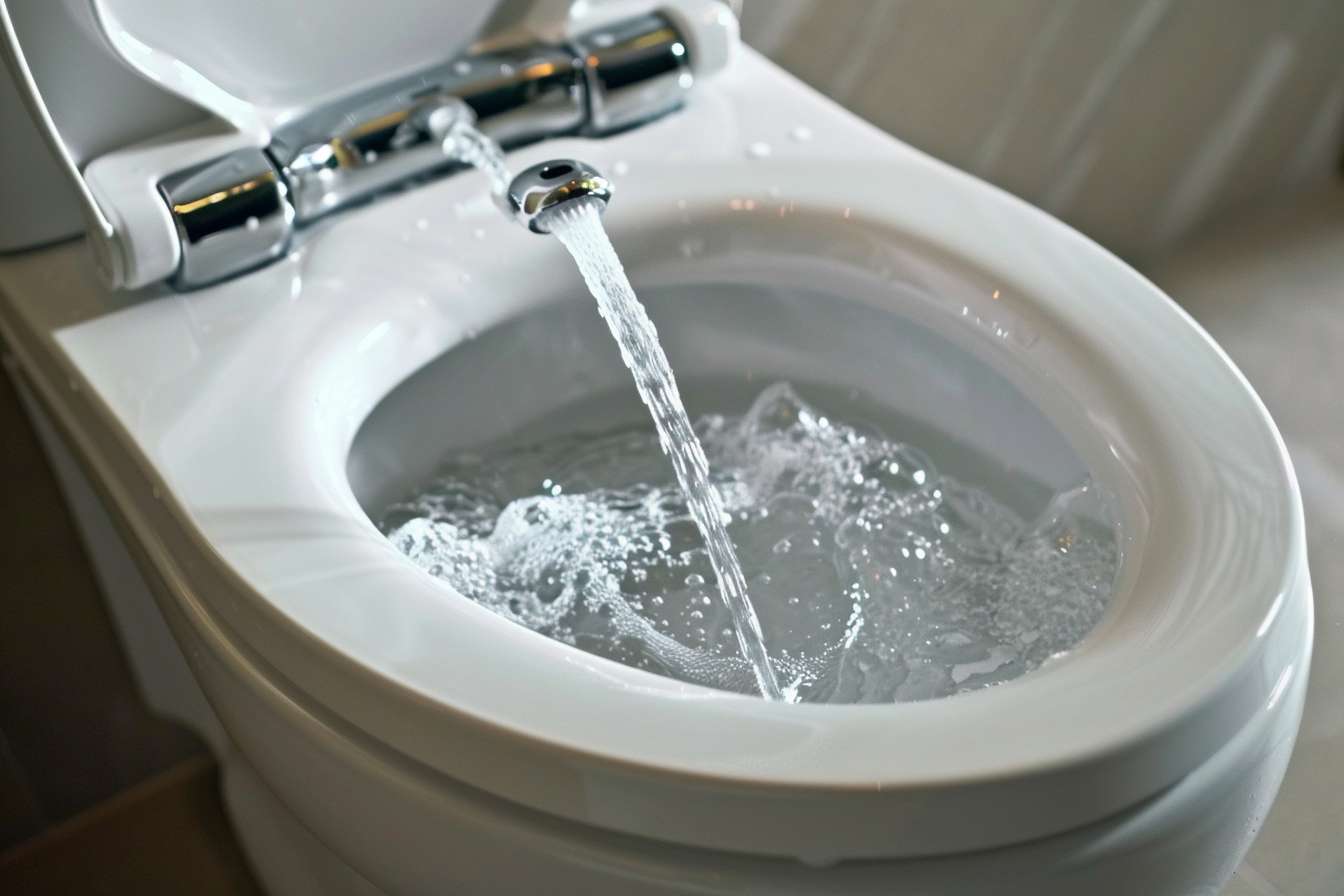Air Conditioning Repair: Practical Guide for Home and Business
A well-maintained air conditioning system improves comfort and indoor air quality, and timely repairs can extend equipment life. This guide explains how to recognise common faults, what routine maintenance helps prevent breakdowns, simple troubleshooting steps you can safely try, when to contact local services, and what to expect during a professional repair. The goal is to give clear, practical information for homeowners and small businesses in the UK.

How to identify common AC problems
Frequent signs of malfunction include weak airflow, warm air when cooling is expected, unusual noises, unpleasant smells, or visible leaks. Reduced airflow can result from clogged filters, blocked ducts, or failing fans. Warm air might indicate refrigerant leaks, compressor failure, or thermostat faults. Unusual sounds—buzzing, rattling, or hissing—often point to loose components or refrigerant issues. Documenting symptoms, timing, and any recent maintenance helps a technician diagnose the issue more quickly and accurately.
Routine maintenance that prevents breakdowns
Regular maintenance reduces the likelihood of unexpected repairs. Key tasks include replacing or cleaning filters every 1–3 months, clearing debris from outdoor units, checking condensate drains, and ensuring vents are unobstructed. Annual or biannual professional inspections should test refrigerant levels, electrical connections, fan motors, and system performance. Maintenance plans from local services often include seasonal checks and priority call-outs. Keeping records of service dates and repairs helps track system health and supports any warranty claims.
Troubleshooting simple fixes you can try
Before calling a technician, try basic checks that are safe for most users. Verify the thermostat settings and replace batteries if needed. Reset circuit breakers and check the external unit for obstructions such as leaves or garden debris. Clean or replace air filters to improve airflow and check the condensate drain for clogs. If the system still fails to start, avoid opening sealed panels or handling refrigerant lines—these require a qualified engineer. Note any error codes on the thermostat or control panel to share with a technician.
When to call local services for repairs
Contact local services when problems involve electrical faults, refrigerant leaks, compressor issues, or persistent performance losses after basic troubleshooting. Also call a professional if there is water leaking inside, burning smells, or persistent noise and vibration. Choosing a certified engineer—look for Gas Safe registration for gas-related systems and F-Gas certification for refrigerant handling—ensures compliance with safety and environmental rules. Provide the technician with system make, model, age, and any recent maintenance to speed diagnosis.
Typical repair process and common parts replaced
A professional repair visit usually begins with a diagnostic test to identify faults, followed by an estimate for parts and labour. Common replacements include filters, capacitors, fan motors, thermostats, condensate pumps, and sometimes refrigerant recharges or compressor swaps. Labour times depend on complexity: simple component changes may take an hour or two, while compressor replacements or major refrigerant work can require a full day and specialist equipment. Technicians should explain repair options and expected life improvement after repair.
| Product/Service | Provider | Cost Estimation |
|---|---|---|
| Call-out and basic diagnostic | British Gas | £50–£120 (estimate) |
| Emergency repair and labour (per hour) | HomeServe | £60–£120 per hour (estimate) |
| Compressor or major component replacement | Local certified HVAC technician | £400–£1,200+ (estimate) |
| Routine service (annual) | Local HVAC companies | £60–£150 (estimate) |
Prices, rates, or cost estimates mentioned in this article are based on the latest available information but may change over time. Independent research is advised before making financial decisions.
How to choose and prepare for a repair visit
Before booking, compare credentials, ask about guarantees on parts and labour, and request a written estimate. Confirm that the technician holds appropriate certifications for refrigerant handling and electrical work. On the day of service, make access to indoor and outdoor units easy, clear furniture from vents, and collect any user manuals or previous service records. During the visit, ask for a clear explanation of the fault, the repair steps, and whether any preventative measures are recommended to avoid recurrence.
Conclusion
Timely diagnosis and appropriate repairs keep air conditioning systems reliable and efficient. Regular maintenance, awareness of warning signs, and choosing credentialed local services reduce the risk of larger failures and unexpected costs. When in doubt, rely on certified technicians to handle electrical or refrigerant-related work and keep a record of services to inform future decisions.




